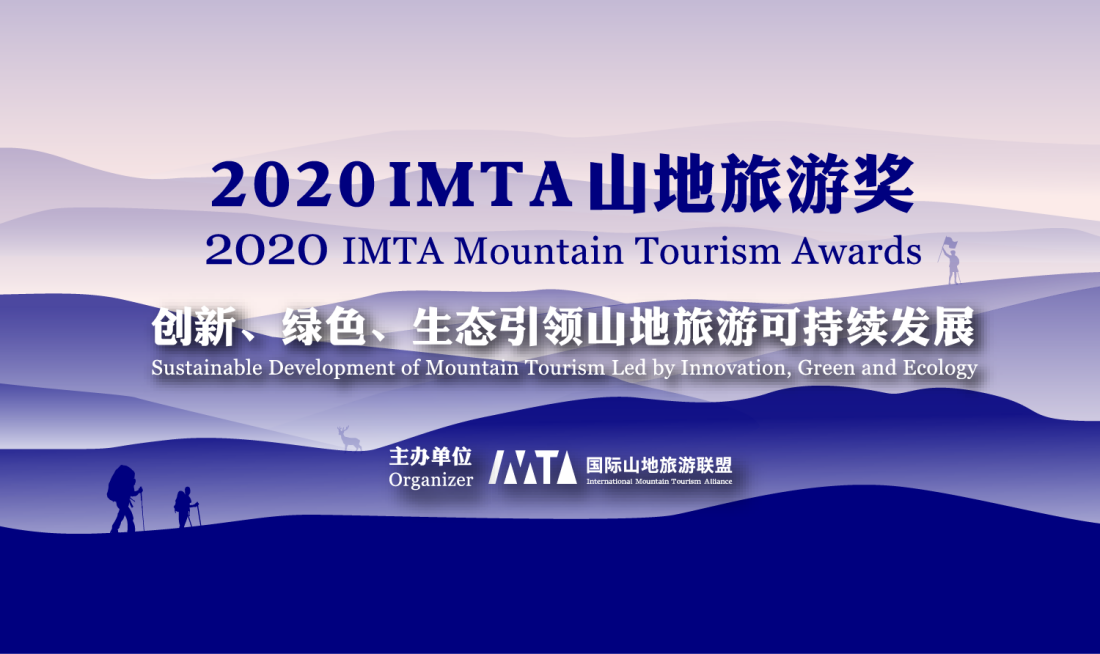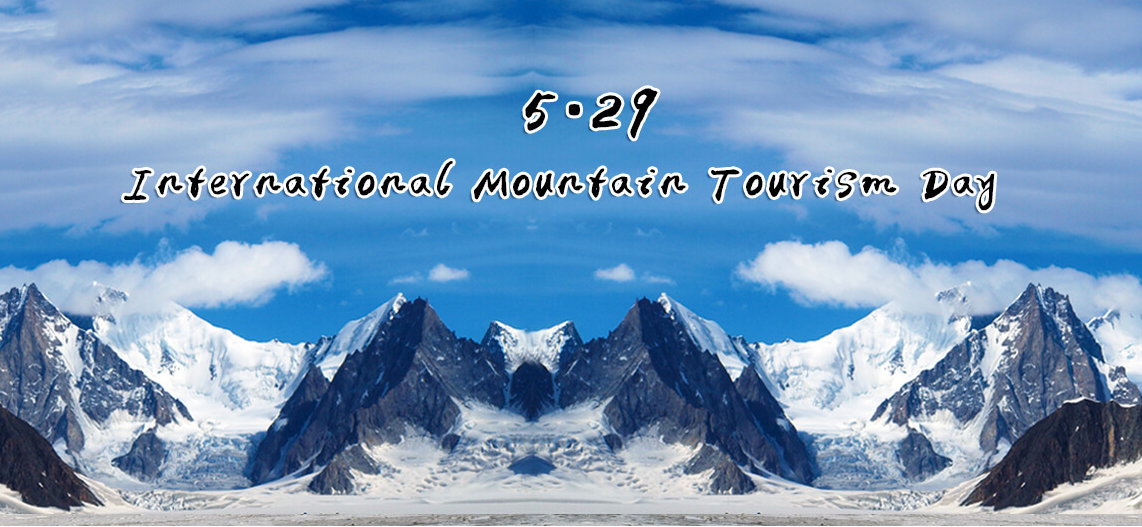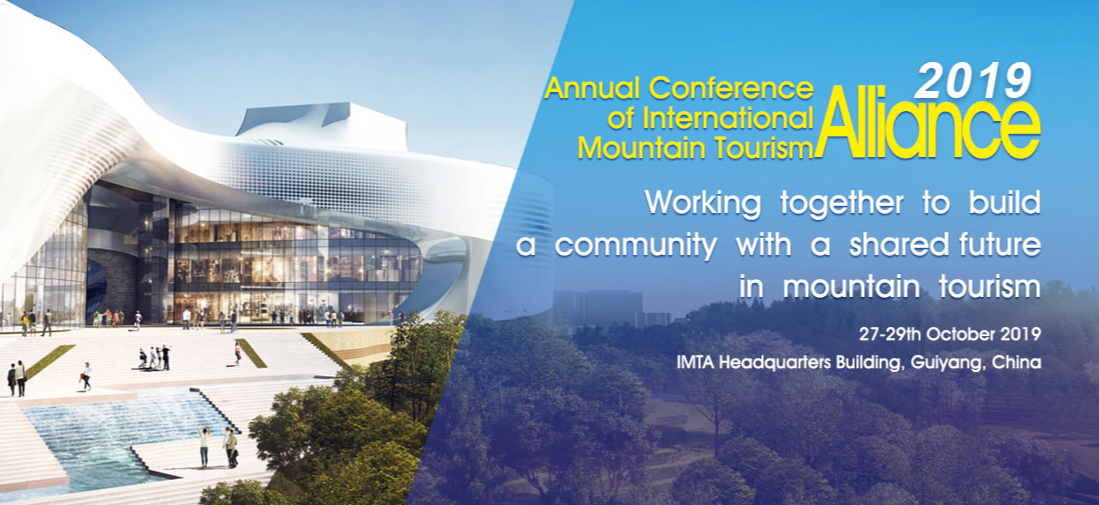According to the "China Ice and Snow Industry Development Research Report (2025)" released recently at the 2025 International Winter Sports Expo main forum, China's ice and snow industry scale is expected to exceed the one trillion yuan mark this year, reaching 1,005.3 billion yuan. This milestone signals that the ice and snow economy has become an emerging force that cannot be overlooked in China's economic development. How to steer the industry from rapid growth to high-quality development has become a crucial topic requiring urgent discussion.
Currently, China has achieved the goal of "engaging 300 million people in ice and snow sports," providing a continuous internal driving force for industrial development. The consumer base for ice and snow sports has expanded from early professional enthusiasts and youth training groups to include family parent-child customers and senior citizens.
To meet the needs of different groups, the market is actively innovating to provide more refined and differentiated products and services. Some ski resorts have set up separate children's skiing areas and magic carpets (conveyors), while also launching trendy activities for young people such as night skiing, electronic music parties, and snow camping.
Zou Xinxian, Chief Expert of the Research Base on Winter Olympics Culture and Ice-Snow Sports Development, stated that the supply side needs to focus on both the "quality" and "quantity" of ice and snow venue facilities and the ice and snow sports product supply system. First, upgrade venue facilities and promote the intelligent transformation of ice and snow venues. Second, improve regulatory systems to create a standardized and orderly market environment. Third, innovate the product matrix and use digital technology to expand consumer coverage.
Since the "14th Five-Year Plan" period, the ice and snow industry has established a full industrial chain covering upstream equipment manufacturing, midstream event operations and skill training, and downstream tourism leisure and derivative consumption.
Hao Lishun, an official from the First Department of Equipment Industry of the Ministry of Industry and Information Technology, explained that new technologies represented by 5G, artificial intelligence, and virtual reality are becoming powerful engines driving the high-quality development of ice and snow equipment and apparatus. These technologies have spawned many new products and models, enhancing the sports experience for ice and snow enthusiasts.
In terms of venue operations, smart ski resort management systems enable real-time monitoring and intelligent scheduling of snow quality, cable car capacity, and visitor flow, significantly improving operational safety and efficiency. Regarding user experience, VR skiing simulators allow people to experience skiing from home, and smart wearable devices can monitor sports data in real time. In the equipment manufacturing field, the application of new materials and processes has optimized the performance of products like skis and ice skates.
Zou Xinxian stated that the ice and snow equipment industry has broad market space. It is essential to vigorously cultivate independent brands with international competitiveness, increase investment in research and development, and encourage cooperation between enterprises, universities, and research institutes to tackle key materials and core technologies, achieving quality improvement in the product supply chain.
China's ice and snow industry is also showing a series of new development trends, transitioning from purely ice and snow sports to diversified "ice and snow +" composite experiences. "Ice and snow + tourism" is becoming increasingly mature, with supporting hotels, catering, and commercial streets in ski resorts continuously improving. "Ice and snow + culture" is on the rise, with ice and snow sculptures, ice and snow performances, and ice and snow theme museums enriching the industry's connotation. Harbin Ice and Snow World and Changbai Mountain Snow Town have become cultural IPs renowned both domestically and internationally. "Ice and snow + wellness" combines ice and snow sports with hot spring therapy and traditional Chinese medicine treatments to create winter wellness tourism products.
Distinctive regional patterns are emerging in the ice and snow industry. Traditional advantageous regions in Northeast and North China are leveraging natural snow resources and profound ice and snow culture to build world-class ski resort destinations. Xinjiang, capitalizing on its unique powder snow resources, is accelerating the construction of China's "Third Pole for Ice and Snow." Southern regions have effectively opened up the ice and snow market by developing indoor ski resorts, among other facilities. How to avoid homogeneous competition and achieve a nationally coordinated pattern with mutual reinforcement between North and South and year-round operation is a key focus for the next step.
Addressing the current issue of unbalanced regional development, Zou Xinxian suggested: First, the policy system should coordinate efforts, focusing on the organic unity of long-term and short-term policies, and the reasonable combination of demand-side and supply-side policies. Specifically, it is necessary to manage regional coordination and resource coordination effectively, plan the development of the ice and snow industry as a whole, concentrate on developing regions with advantages in the ice and snow industry, and ensure the development of the entire industrial chain. Second, measures should be tailored to local conditions, leveraging their respective core competencies. For example, the Beijing-Zhangjiakou area should highlight the Winter Olympics legacy feature of "Beijing Ice, Zhangjiakou Snow," and actively promote the planning of new business formats and models for the ice and snow economy in both places.
Editor Ⅰ: Zhang Congxiao
Editor Ⅱ: Bao Gang
Editor Ⅲ: Liu Guosong














